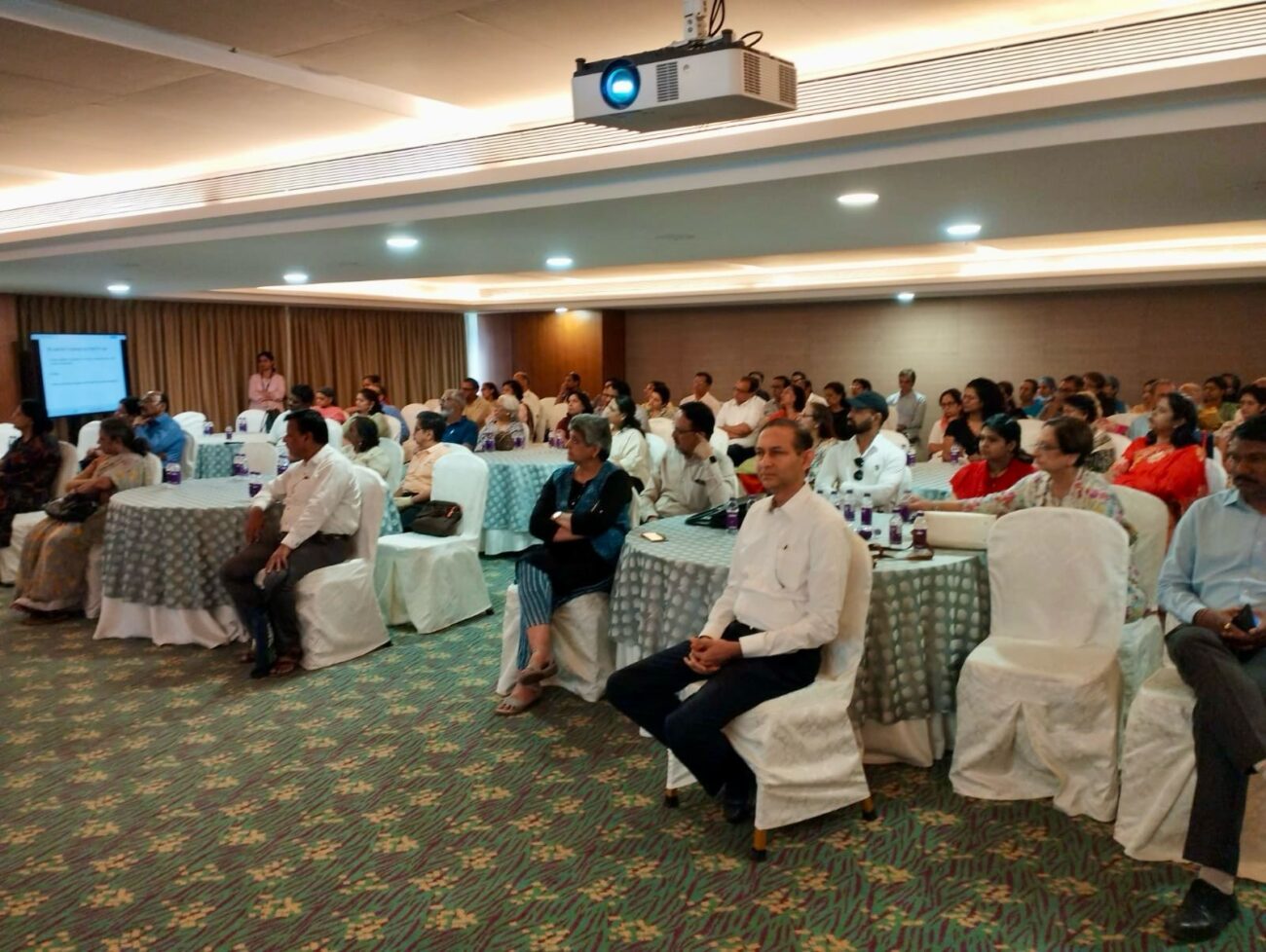Deep Brain Stimulation
Dr. Sudheer Tyagi, Senior Consultant, Neurosurgery, Indraprastha Apollo Hospitals, New Delhi Neurological diseases directly impact the brain and can have severe consequences. Many people consider them to be untreatable, but with the help of new technologies
Dr. Sudheer Tyagi, Senior Consultant, Neurosurgery, Indraprastha Apollo Hospitals, New Delhi
Neurological diseases directly impact the brain and can have severe consequences. Many people consider them to be untreatable, but with the help of new technologies and treatment procedures, these diseases and their symptoms can be effectively managed.
Deep brain stimulation is a surgical treatment procedure which has proven to be successful in treating many neurological disorders such as dystonia, epilepsy, essential tremor, obsessive-compulsive disorder. Parkinson’s disease and the involuntary movements associated with it, along with multiple other psychiatric conditions such as depression and addiction can also be treated with Deep Brain Stimulation. This technique has been used for decades to treat intractable pain but it is only recently that physicians have started using to it treat neurological diseases.
The principle of the treatment centres on delivering targeted electrical impulses to certain areas of the brain to manage the abnormal signals which lead to neurological conditions. It is a technically demanding procedure, reserved for people who cannot be treated with any other treatment methodology, and should only be carried out by an expert who is experienced in its application. Three main components which are used in Deep Brain Stimulation are the lead (electrode), the extension (an insulated wire which connects to the neuro-stimulator) and finally, internal pulse generator (IPG) (which stimulates the electrode).Firstly, the neurosurgeon with the help of MRI or computer imaging will precisely guide the electrodes in the subthalamic nucleus on both sides of the brain through the holes in the skull. Then the extension wires are threaded under the skin and carried down from the head, neck and then the shoulder to connect to the IPG which is usually placed under the skin near the collarbone or the chest area. The IPG or neuro-stimulator can be adjusted to manage the amount of signal which will be sent to the brain to manage the neurological disorder. Since the IPG runs on battery, it might need to be replaced or recharged, which can be done through surgery.
Indraprastha Apollo Hospitals is a centre of excellence for neurosurgery and provides Deep Brain Stimulation, which is still a relatively new treatment method in India. However, considering the increasing burden of neurological diseases in India, the potential for its application and relevance is vast in our country.





